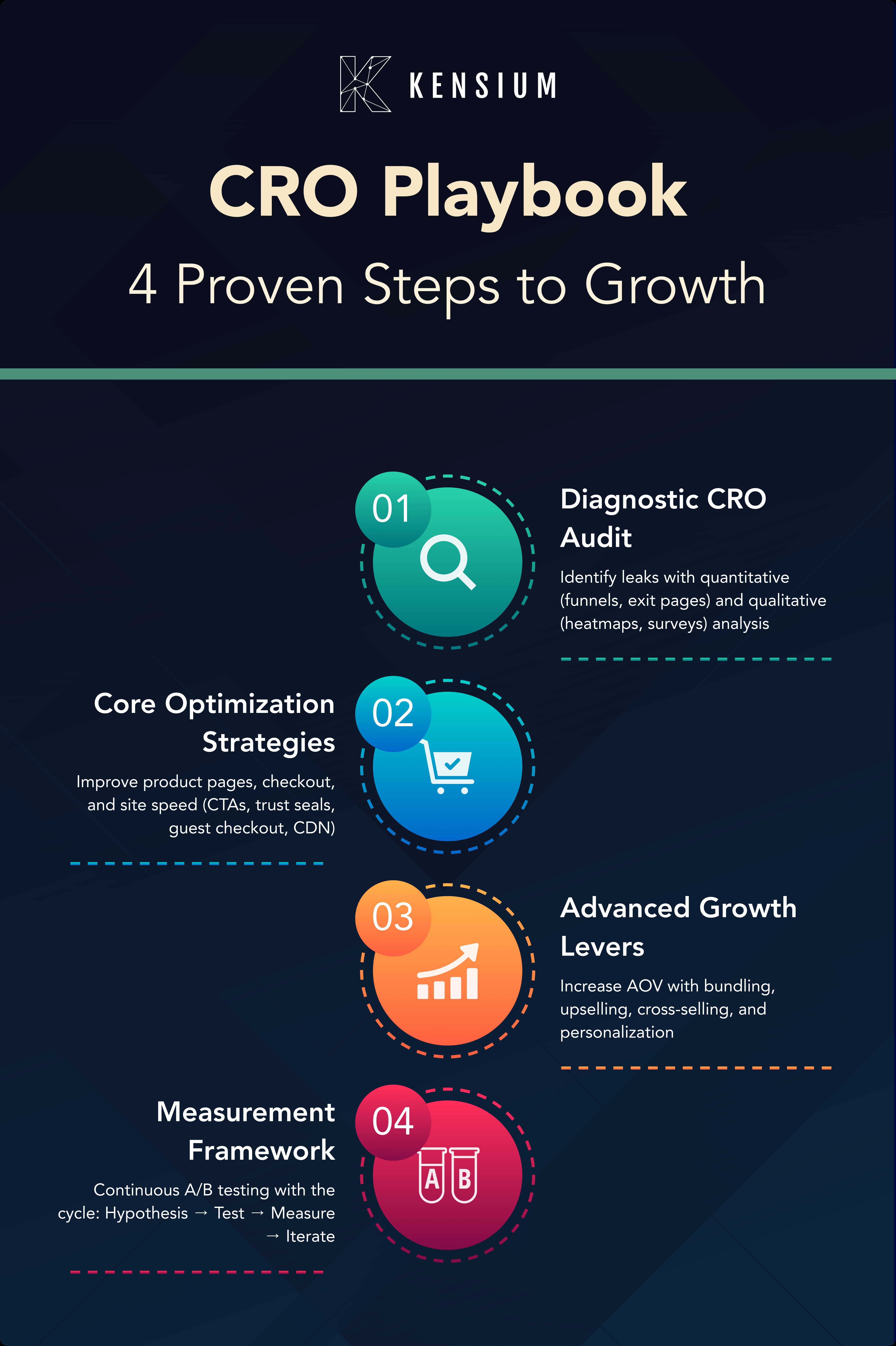
Ordering products with just a few clicks is now the status quo, which sets customer expectations high for any online buying experience. In the last couple of years, we’ve witnessed traditional B2B sales channels between the customer and the retailer becoming more convenient and technologically advanced. In an age where limitless options are a click away, companies relying on B2B sales need to adapt to this dynamic eCommerce environment or risk losing customer attention to a competitor.
According to a recent report by eMarketer, "B2B eCommerce sales will hit $6.6 trillion by 2020". Market research company Forrester states that "B2B eCommerce will climb to $1.2 trillion by 2021, accounting for roughly 13% of all US B2B sales". Pair that with a global pandemic compelling people to order everything online, and it's natural to predict that the B2B eCommerce sector will continue to prosper.
Convenience is the driving factor for the increasing digitalization of B2B commerce. It's harder for B2B eCommerce businesses to compete on price when margins are already razor-thin. The best way to stand out from the competition is by creating exceptionally convenient experiences for your customers.
Taking the necessary steps to upgrade your website and create customer-friendly user interfaces is what we call attaining "Digital Maturity."
What Are The Steps To Achieve Digital Maturity?
Digital maturity is a measure of an organization's readiness to adapt to continuous digital change. In the model we lay out here, a business's digital maturity comes in three "life stages": The early stage, the intermediate stage, and the mature stage.
Mature organizations are nearly three times more likely than lower-maturity organizations to report net profit margins and annual revenue growth that are significantly above the averages in their industry, according to research by Deloitte.
Before beginning your journey to digital transformation, it's essential to audit your current digital capabilities. Evaluate how effectively your company incorporates digital transactions into operating models, executes on digital initiatives, and adapts to disruptive technology, events, market trends, competitors, or other significant factors.
Let's look at the three stages that help in achieving digital maturity:
- Early Stage: In this stage, businesses focus more on winning customer attention. These businesses take an old-school conventional approach and process orders through online catalogs, phone/fax, or a simple contact form on their website.
- Intermediate Stage: A business at the intermediate stage has advanced from focusing on gaining customer attention to building strong customer relationships and increasing conversions. Achieve this by improving the web UI with enhancements such as a login page, account creation, sales support, and additional product information. Use these features to create user-friendly interfaces.
- Mature Stage: After building strong customer relationships, focus on encouraging brand advocacy (marketing that is done by an employee or a customer on their social media platforms). At this stage, the level of engagement between businesses and customers increases exponentially. A digitally mature company offers customers features like advanced search, mobile capabilities, and online customer service tools.
Best Practices For Upgrading The Customer Experience
Delivering a positive customer experience throughout the purchase journey is critical to your business success. Even a small improvement in user experience can result in additional conversions. Let's look at how companies can make their websites more user-friendly:
- Navigation-friendly design: Make sure your website utilizes current best-practices in navigation design. Major websites like Amazon, Ebay and the like, set navigation standards that are best to emulate. If you try and break away with your own approach to navigation, users will most likely be confused. Spend time making sure your products are intuitively organized. Consider utilizing a large “mega menu,” advanced search, and filters that can shorten a customer’s path to the products they want. Adopt a mobile-first philosophy and test the navigation paths on mobile devices.
- Fast loading times: A recent study claims 40% of people abandon a website that takes more than 3 seconds to load. Businesses need to build a compelling web user-interface that allows for fast loading times and uninterrupted browsing experiences. There are many free tools that test page loading speed. The usual culprits are images that are not compressed properly, and inefficient coding that requires too many database calls to render a page.
- Personalized content: Personalization for B2B customers means presenting them with as much relevant data as possible. This means saving recent orders in case they want to repeat the purchase, or sending reminder emails for recurring orders. Customize their experience and product recommendations based on job title, the specific company they work for, and the device they use. You can offer your customers a personalized storefront, product catalogs, promotions, and articles that are best suited to their preferences. This approach can definitely give you a competitive edge. We have a useful video on how to customize the B2B experience here.
These tweaks to the customer experience make a big difference. Keeping the website simple, organized, and fast will upgrade the customer experience without adding any new features.
Kensium has years of experience in developing and implementing eCommerce websites and ERP software for B2B companies. We believe integrating eCommerce platforms and digital sales channels can help you clear any barriers and earn the growth you deserve.
If you have any questions about platform integration or implementation, please contact us here on our website.








.png)


































